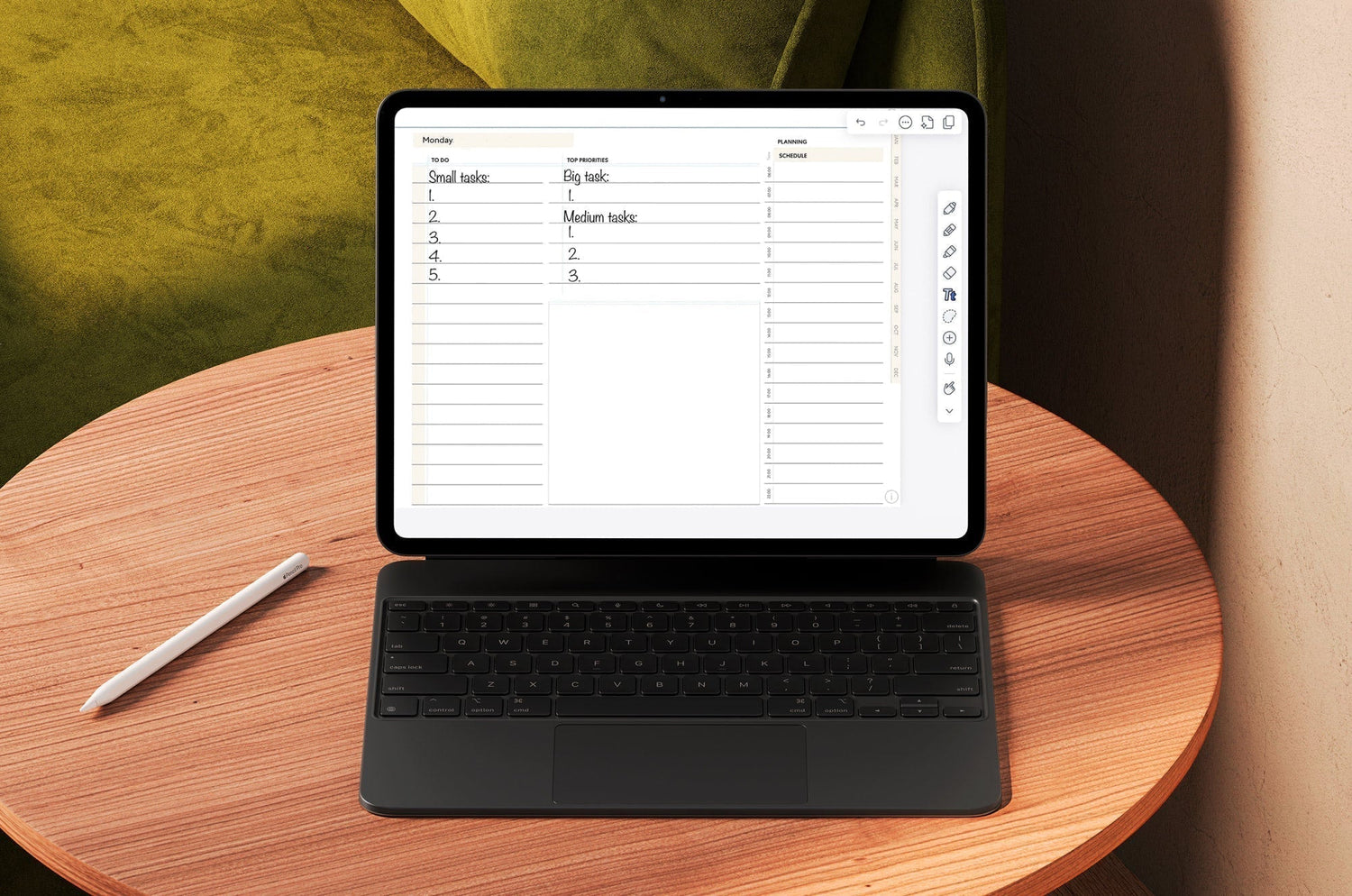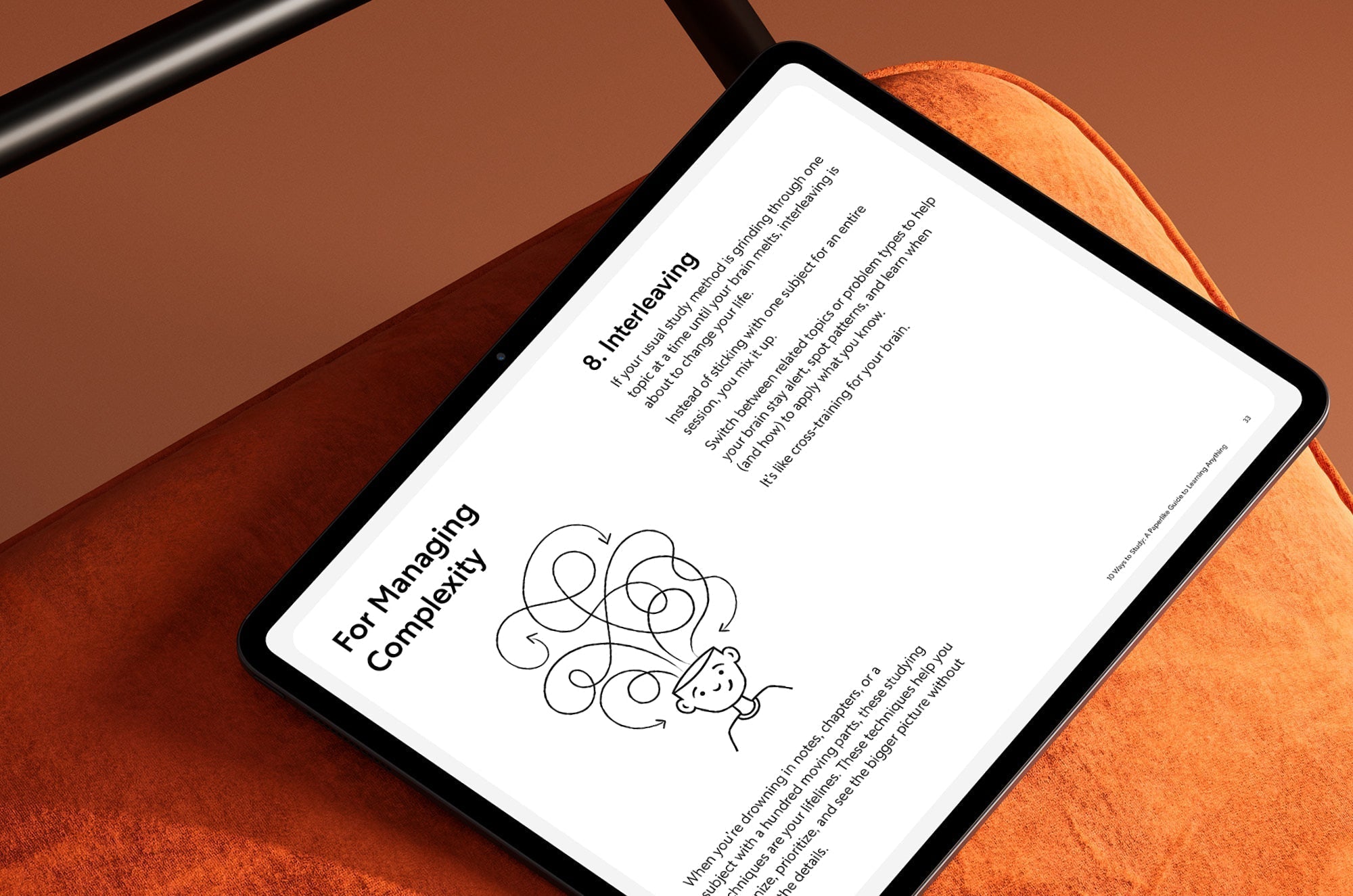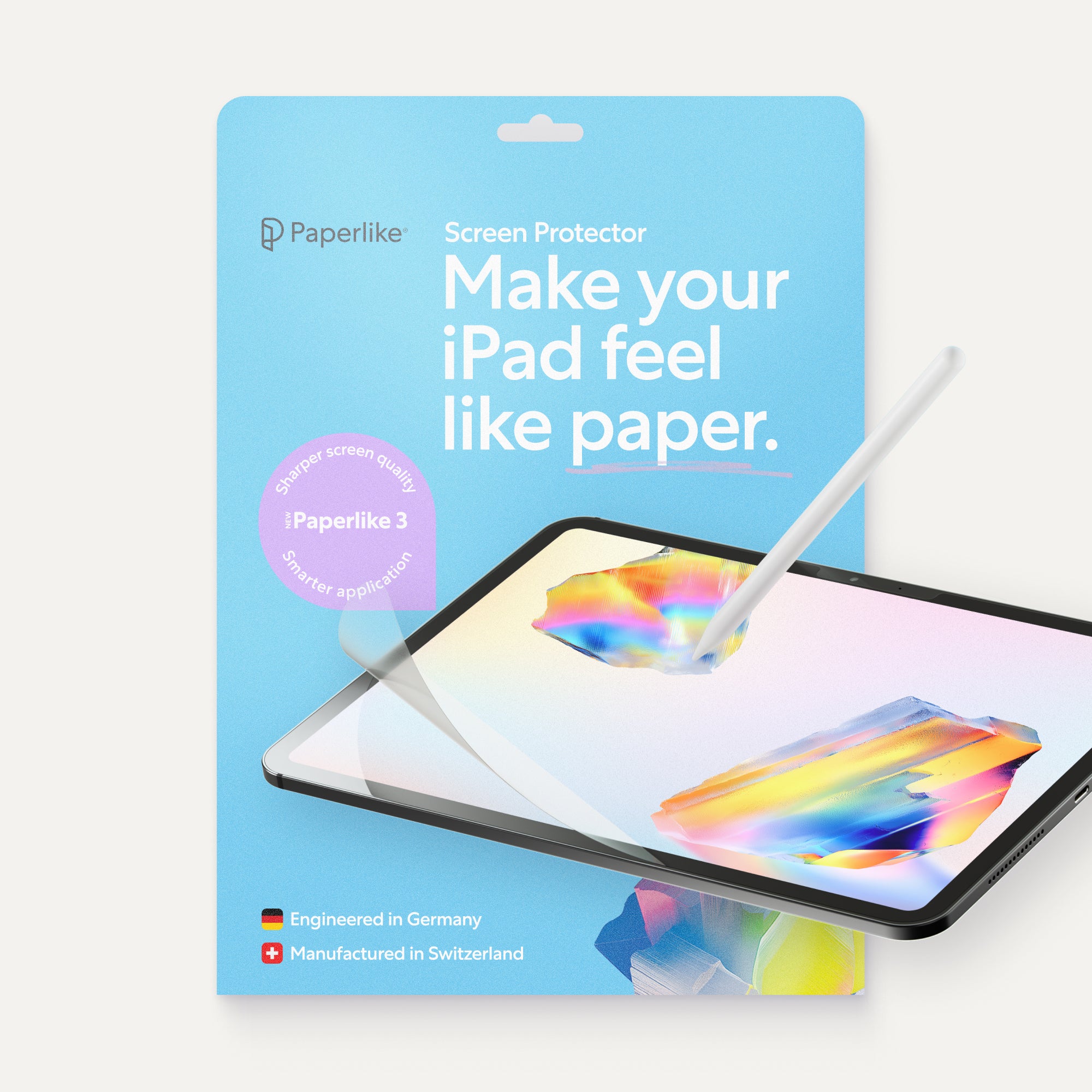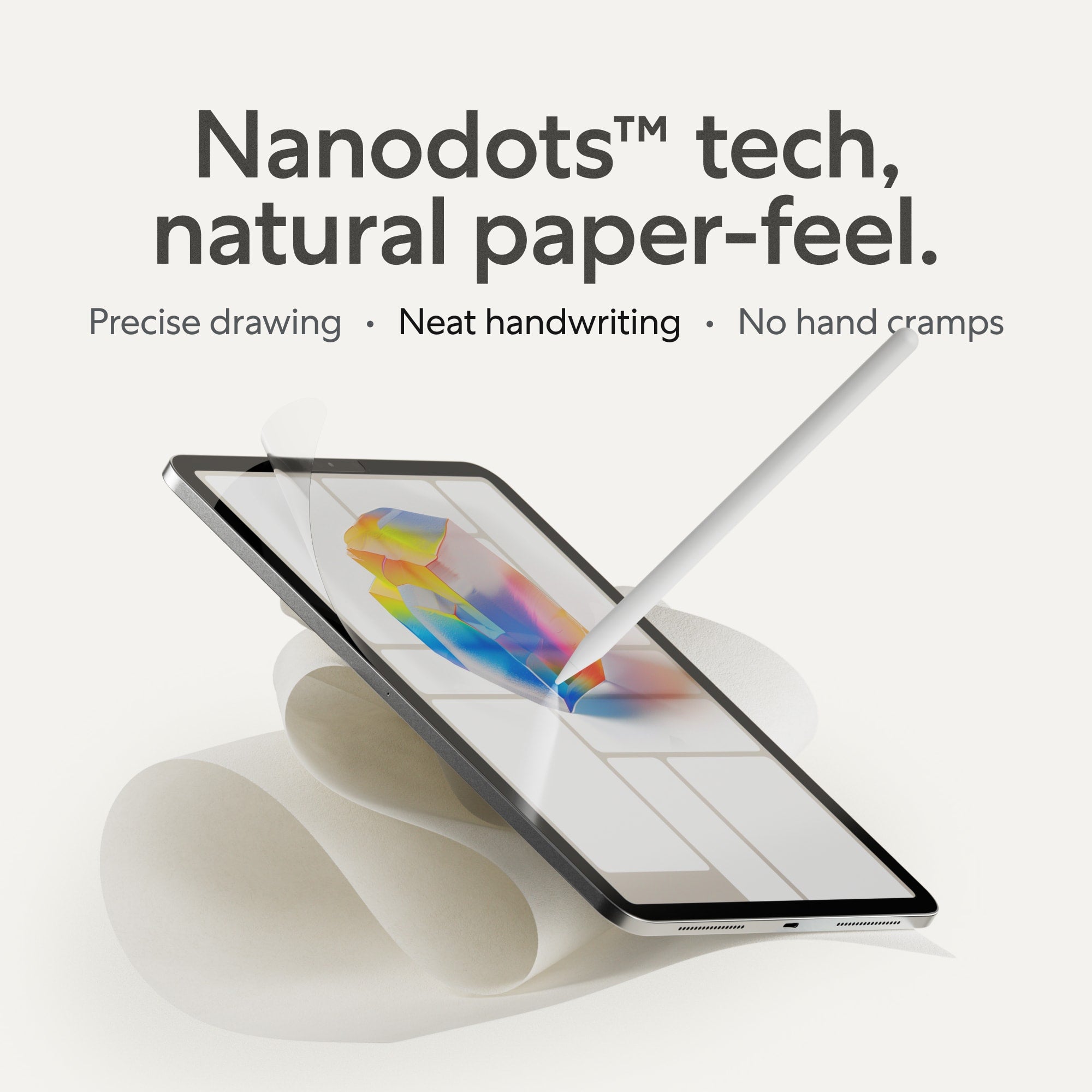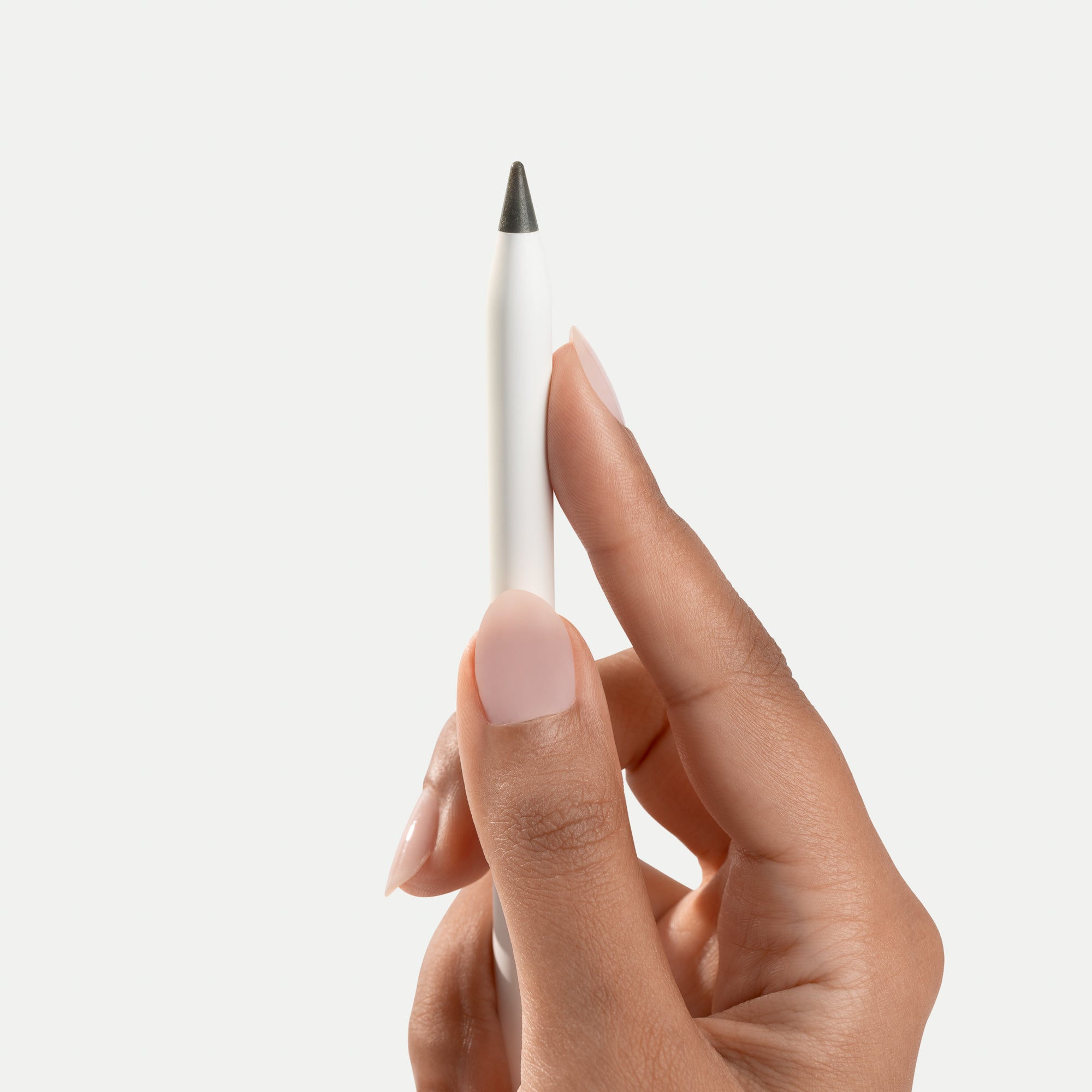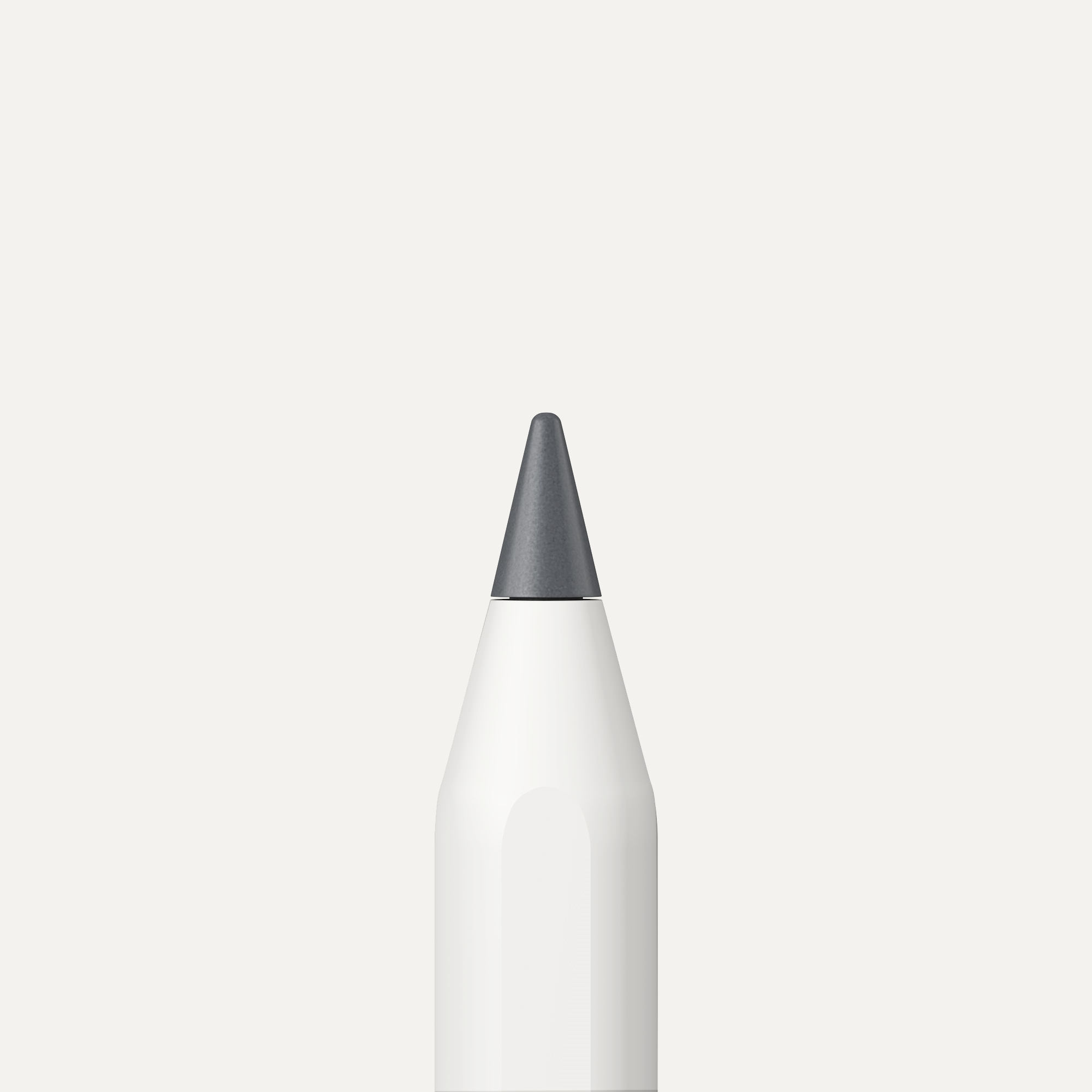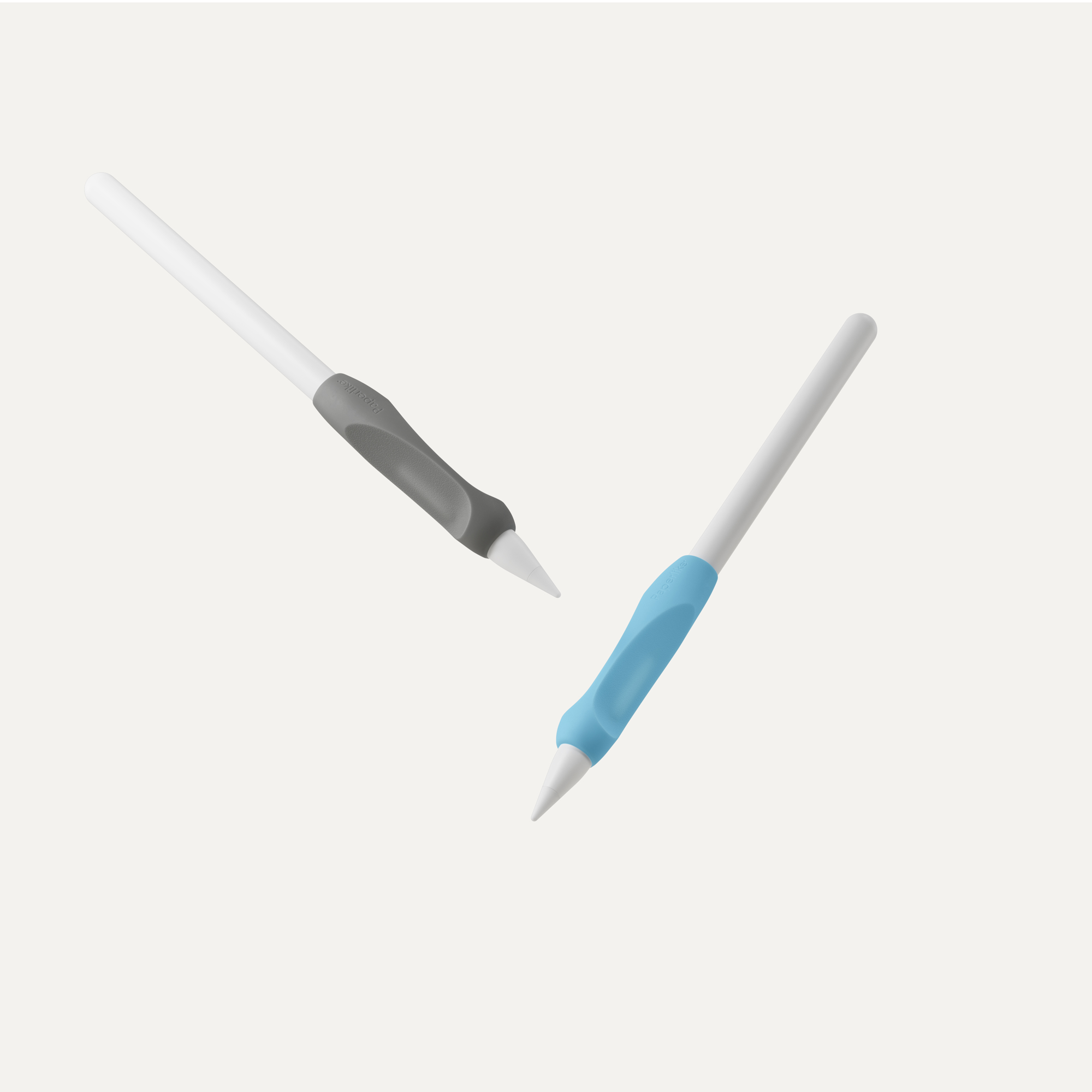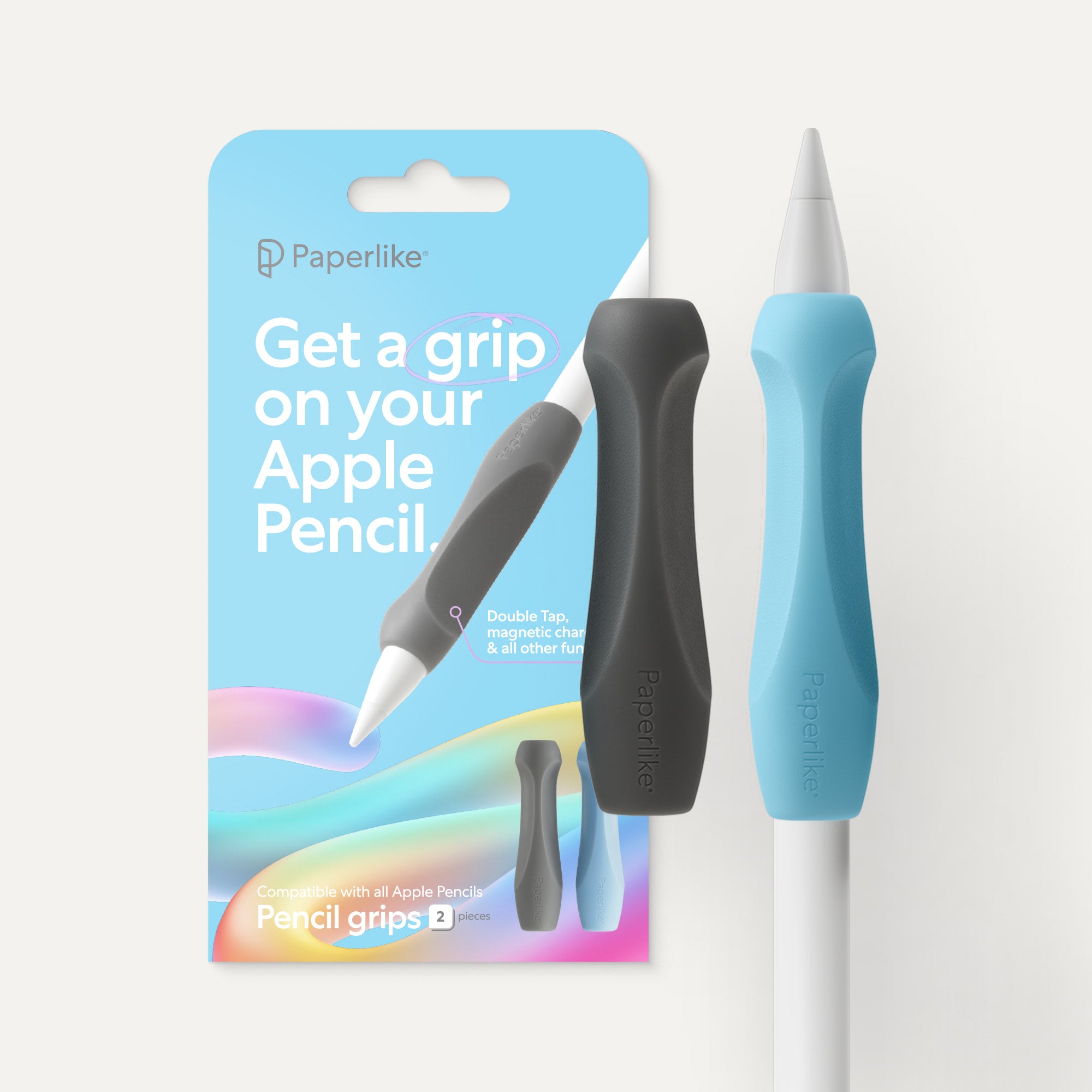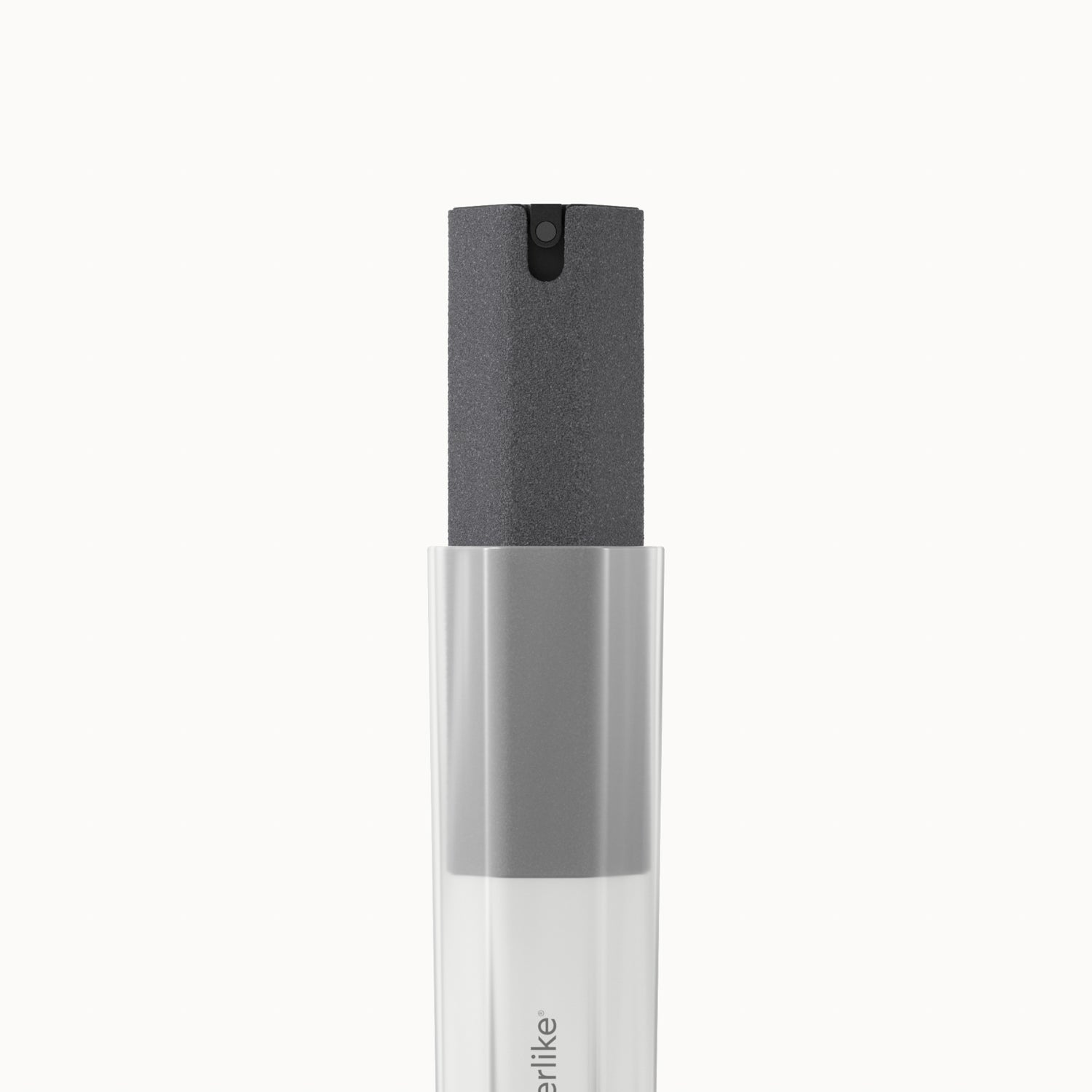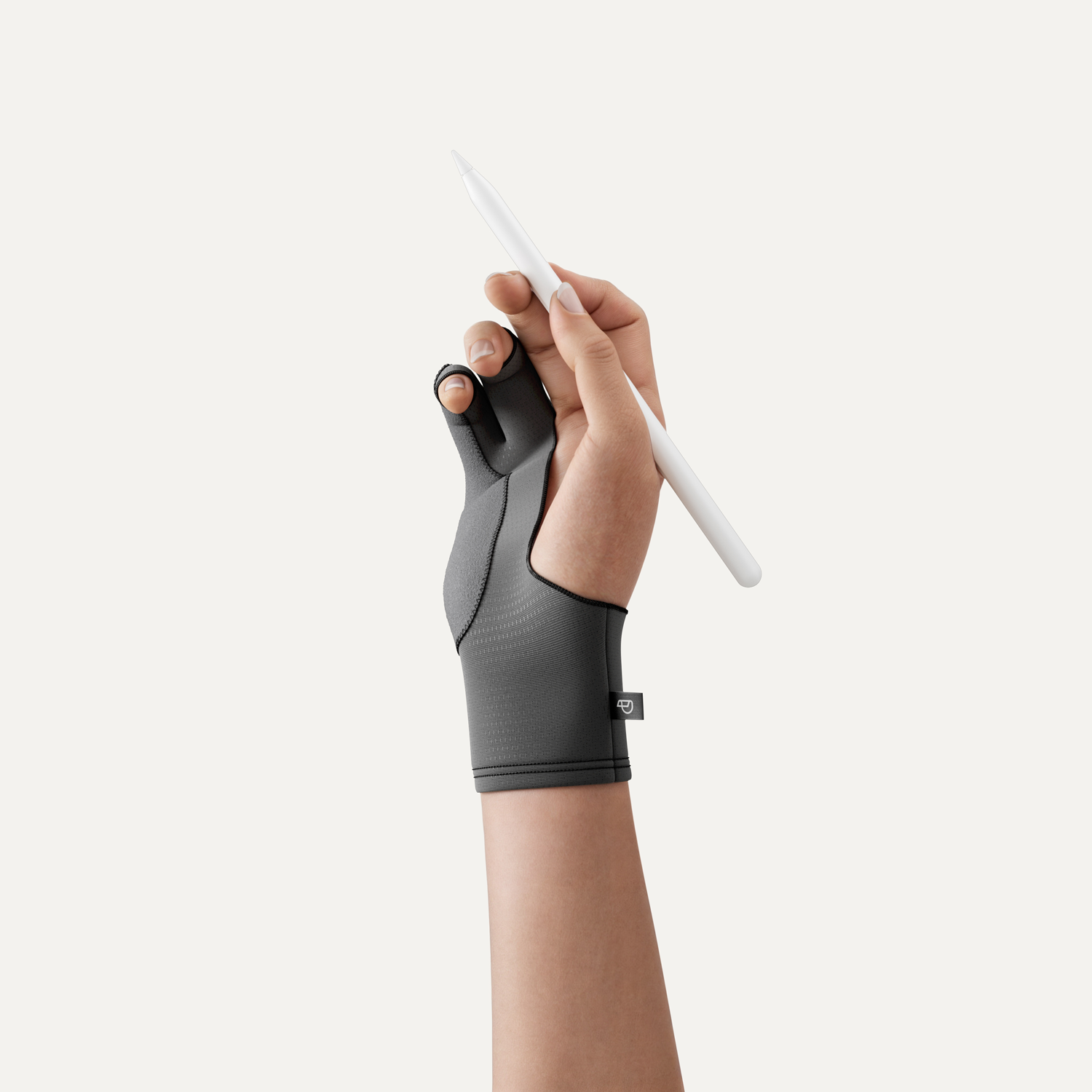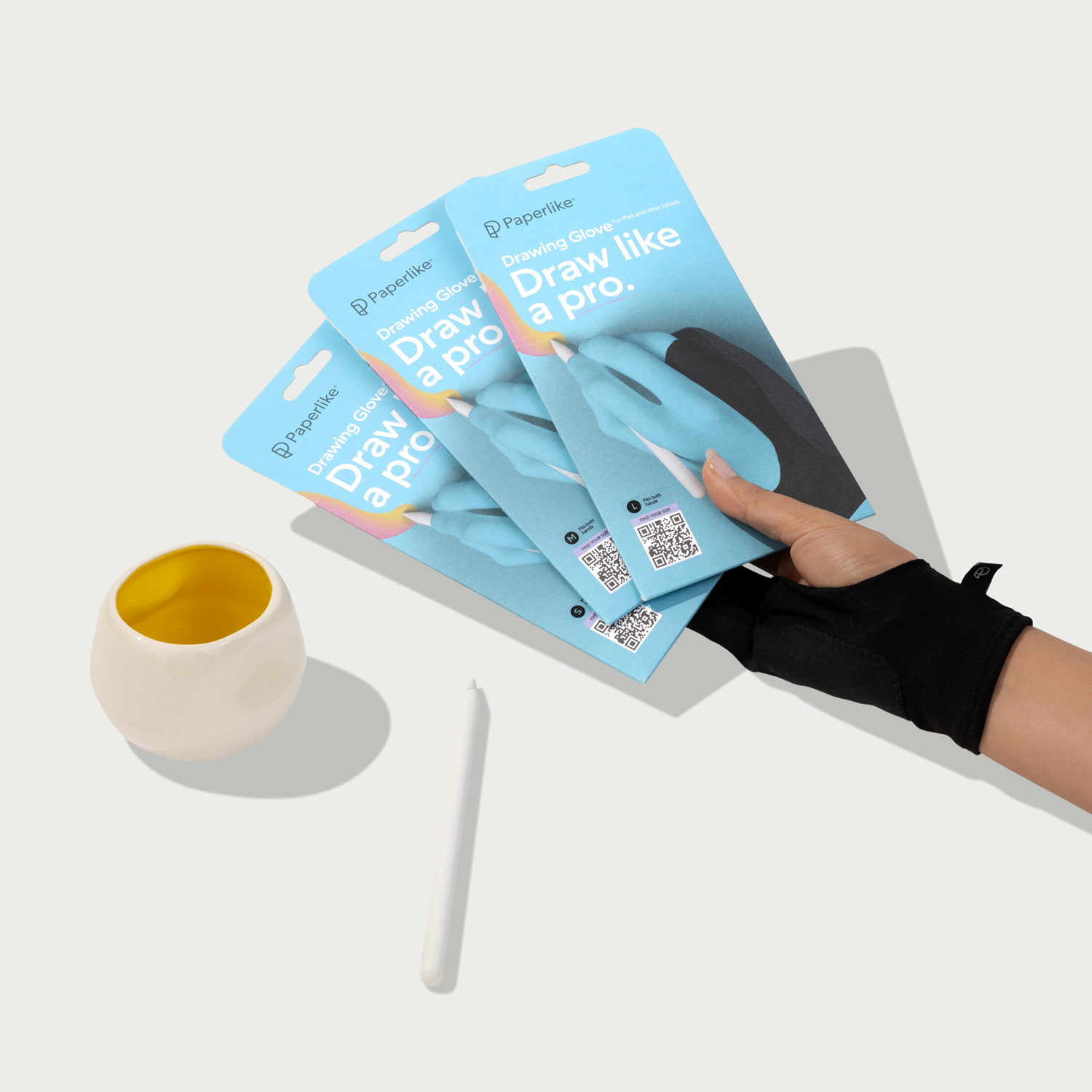By the time I sat down at my desk, my to-do list already looked impossible. Three blog drafts, two client edits, a handful of emails, and a dozen quick tasks clamoring for attention, all “urgent,” none of them actually moving the needle.
That’s when I decided to try the 1-3-5 Rule: a system that forces you to choose just nine things to focus on each day.
Would it rein in my chaos? Or just leave me feeling guilty for everything that didn’t make the cut?
Here’s what happened.
About the 1-3-5 Rule
Most to-do lists don’t discriminate. Big projects, quick errands, and random “don’t forgets” all get tossed together. No wonder it feels overwhelming.
The 1-3-5 Rule fixes that by giving your day structure.
The concept: Pick one big task, three medium tasks, and five small tasks to focus on each day.
The goal: To prioritize your time and energy on what actually matters, while still leaving room for smaller wins.
Here’s how it works: the big task is the thing that moves the needle the most. The medium tasks are important but not all-consuming; they might take an hour or two each. And the small tasks are quick wins you can fit into the margins, like answering an email, making a call, or tidying your workspace.
By capping your daily list at nine items, you’re forced to decide what truly deserves your attention. That shift alone can transform how you approach your day.
The 1-3-5 Rule has been covered by productivity experts and adapted into countless planner templates, apps, and systems. Some people apply it to both work and personal life; others stick to one. Either way, the framework is flexible enough to adjust to your needs.
You can read more about the 1-3-5 Rule on Lifehacker’s blog.

Putting the rule to the test
To make my life easier, I didn’t overhaul my entire system. I just swapped out my usual overflowing task list for a 1-3-5 setup to see how it would feel.
What was I aiming for? Clarity. I wanted to feel like I was steering my day, not reacting to it. And if this system could help me finally shut down that endless-scroll to-do list? Even better.
So I opened my iPad, grabbed my Apple Pencil, and set up a fresh page in my Paperlike™ Digital Planner. Big task and three medium ones in the top priorities section, and five small tasks in the to-do section.
Living by the numbers
Here’s what I noticed right away: relief. Instead of staring down twenty tasks, I had nine. That alone felt like someone had just cleared off half my desk.
On day one, my list looked like this:
|
1 Big Task |
3 Medium Tasks |
5 Small Tasks |
|
Draft blog post |
Edit newsletter |
Update editorial calendar |
|
Outline new blog |
Edit social posts |
|
|
Research SEO for next blog idea |
Add captions & alt text to images |
|
|
Respond to Slack messages |
||
|
Send invoice |
By lunchtime, the big task — drafting a blog post — was finished. That single win set the tone for the rest of the day. Two medium tasks (editing a newsletter and outlining the new blog) fell into place in the afternoon, and I squeezed in keyword research before dinner.
The five small tasks didn’t take long individually, but they gave me a rhythm to fall back on between heavier work. Updating the editorial calendar, polishing a batch of social posts, and adding captions to images were all things I’d normally push off. Here, they had a slot. Checking them off gave me small jolts of progress that carried me through the day.
By the time I shut down, I’d touched all nine items. That almost never happens with my old “just write down everything” lists, where the unfinished tasks spill into the next day and the next.
Of course, not every day went this smoothly. Later in the week, my “big” task — revising a blog draft — ballooned into hours of rewriting. Meanwhile, one “small” task (responding to Slack messages) kept multiplying as new pings came in. Suddenly, my tidy grid didn’t look so tidy.
That’s when I realized the trick: the 1-3-5 Rule only works if I’m realistic. Misjudge how long something will take, and the balance falls apart. But on the days I sized things well, the framework delivered. Instead of drowning in an ocean of possibilities, I had a map. Nine slots. Nine chances to win the day.

What worked and what didn’t
What worked? The 1-3-5 Rule gave me structure without the overwhelm.
- I made real choices. With only nine slots, I had to decide what actually mattered.
- The balance kept me moving. One big anchor plus medium and small tasks gave the day momentum.
- Checking off nine felt doable. Instead of chasing twenty, I finished the list and felt accomplished.
But what didn’t? Sometimes it felt too neat for a messy day.
- Small tasks weren’t always small. Something quick, like updating a spreadsheet, could balloon into hours. When that happened, I started leaving one or two “flex” slots open for spillover.
- Big priorities collided. Some days had more than one “big” task competing for the top spot. I ended up rotating with one big focus during work hours, the other after lunch or the next morning.
- Interruptions threw things off. When the day got messy, the grid felt rigid instead of flexible. If that happened, I would re-rank my list instead of scrapping the whole thing.

FAQ
Who should try the 1-3-5 Rule?
Anyone who feels buried under an endless to-do list. It’s especially great for freelancers, students, and creatives who juggle different types of work each day.
How do I decide what counts as “big,” “medium,” or “small”?
Think in terms of time and energy. A big task might take several hours or move a major project forward. Medium tasks take about an hour or two each. Small tasks are quick wins that you can finish in 10–20 minutes.
If you’re using a digital planner or notetaking app, try setting up color-coded task sections for each size. You can find helpful tips in our blog on organizing your notes.
Can I use the 1-3-5 Rule with digital planners?
Absolutely. It works perfectly with planner templates or notetaking apps like Goodnotes or Notability. Pair it with a Paperlike™ Screen Protector to make writing with your Apple Pencil feel just like pen on paper.
Is there a way to track patterns over time?
Yes. Keep a short log of what you choose for your big and medium tasks each day. After a week or two, you’ll start to notice what kind of work drains you, what builds momentum, and how long tasks really take. A great follow-up to this method is Weekly Reviews, which helps you reflect and plan for the week ahead.
How long should I stick with it before deciding if it works?
Give it at least a week. The first few days might feel awkward, but once you see how much fits into a realistic schedule, the rhythm becomes second nature. If you want to stay consistent, try tracking your tasks inside the Paperlike™ Pro Planner. It’s built for goal-setting, scheduling, and tracking tasks, which all complement the 1-3-5 Rule nicely.
Final thoughts
The 1-3-5 Rule didn’t make me perfectly productive. But it did make me intentional. Instead of staring down twenty tasks, I had nine.
The best part? Finishing felt possible. And on the days when life got messy, I still had a framework to fall back on.
I won’t use it every single day because some projects need more flexibility than that. Creative work, research-heavy writing, or collaboration days don’t always fit neatly into numbered boxes, and that’s okay. This method shines when you need structure and focus, not when you’re deep in brainstorming or juggling shifting priorities.
When my list feels overwhelming, though, this system is the reset I need.
Because productivity isn’t about doing everything, it’s about doing the right things, and ending the day with enough clarity to start fresh tomorrow.


